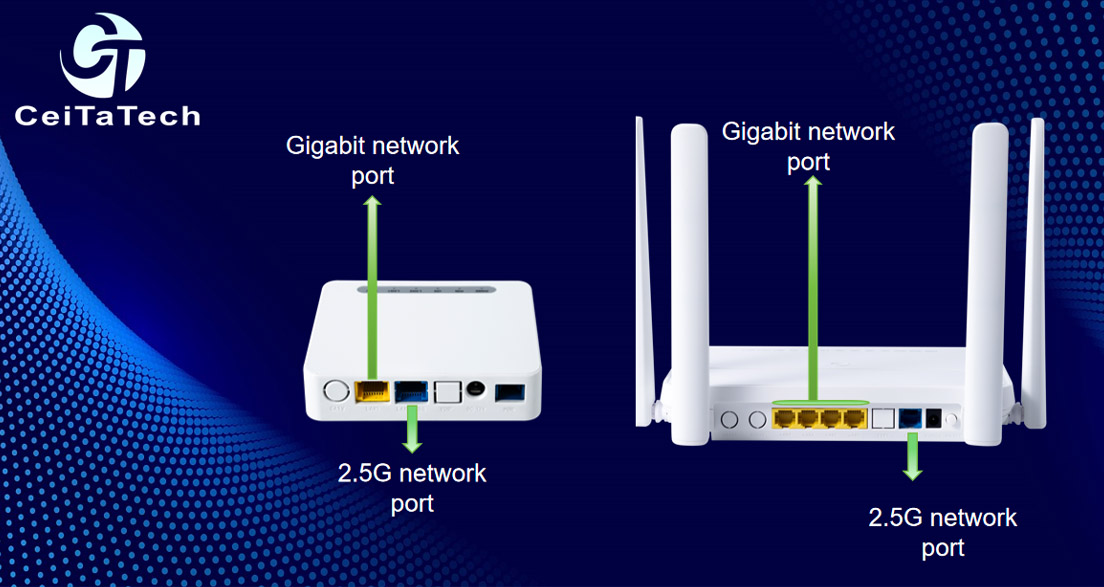1GE network port, that is, Gigabit Ethernet port, with a transmission rate of 1Gbps, is a common interface type in computer networks. The 2.5G network port is a new type of network interface that has gradually emerged in recent years. Its transmission rate is increased to 2.5Gbps, providing higher bandwidth and faster transmission speed for network applications.
The main differences between the two are reflected in the following aspects:
First, there is a significant difference in transfer rates. The transmission speed of the 2.5G network port is 2.5 times that of the 1GE network port, which means that the 2.5G network port can transmit more data at the same time. This is undoubtedly a huge advantage for scenarios that require processing large amounts of data or high-speed network applications.
Secondly, from the perspective of application scenarios, although the 1GE network port can meet most daily network needs, it may be somewhat inadequate when faced with applications that require high bandwidth support such as high-definition video transmission, large file downloads, and cloud computing. The 2.5G network port can better meet these needs and provide a smoother and more efficient network experience.
In addition, from the perspective of network architecture and upgrades, the emergence of 2.5G network ports provides more options for network infrastructure upgrades. Compared with directly upgrading to higher-speed interfaces (such as 5G or 10G network interfaces), 2.5G network interfaces find a relative balance between cost and performance, making network upgrades more cost-effective.
Finally, from a compatibility perspective, 2.5G network ports generally have good compatibility while maintaining high-speed transmission, and can support a variety of network devices and protocols, making the network architecture more flexible and scalable.
There are significant differences between 1GE network ports and 2.5G network ports in terms of transmission rate, application scenarios, network architecture upgrades, and compatibility. With the continuous development of network technology and the continuous improvement of application requirements, 2.5G network ports will play an increasingly important role in future network construction.
Post time: May-25-2024









